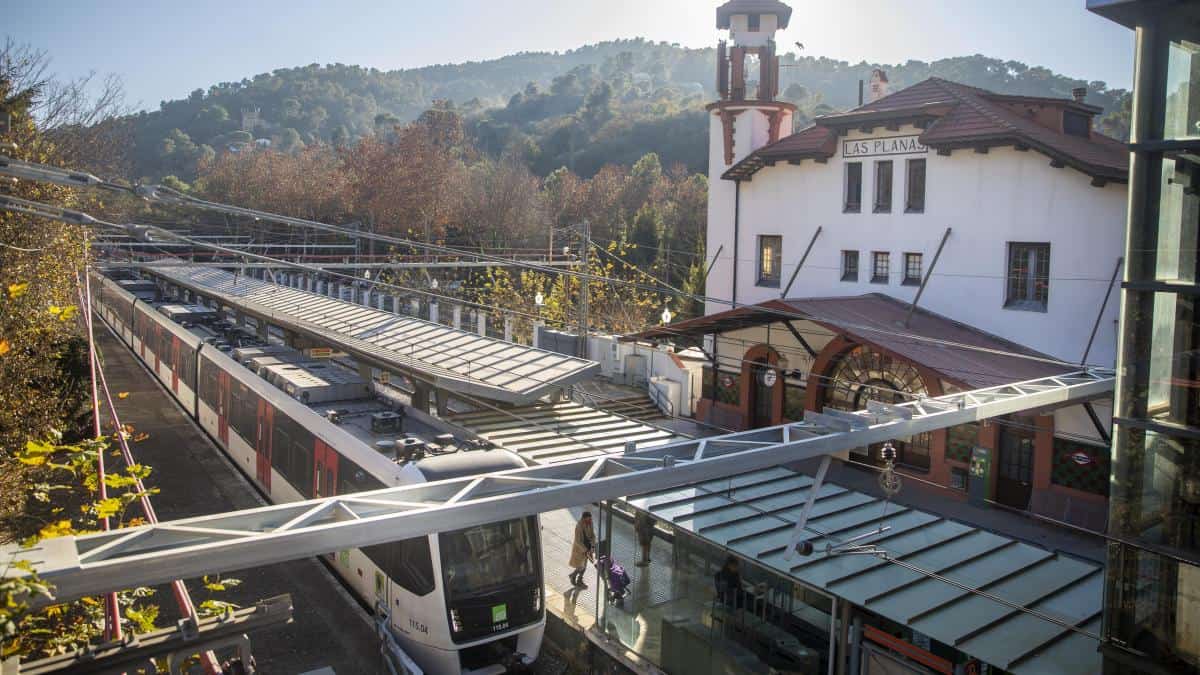In a bid for efficiency and improvement of rail transport, the Generalitat de Catalunya is studying the feasibility of building a second tunnel for the FGC line that connects Vallès with Barcelona.
As announced by the Councilor of Territory, Ester Garcia, this initiative would not only shorten the travel time by approximately 15 minutes, but would also respond to a possible future increase in demand in the region.
The proposal was presented to the Infrastructure Circle and, although there is no official plan yet, three preliminary options are being considered. Two of them would pass through Vallvidrera and make stops at Lesseps, differing only in their final destination: Plaça Catalunya or Arc de Triomf.
The third alternative, less likely, contemplates the passage of the tunnel through Horta, connecting the Autonomous University with La Sagrera station.
Cost and benefits of the second tunnel
Councilor Garcia estimated an approximate cost of 900 million euros for this project, which would include a rail interchange in the center of Barcelona, connecting FGC, Metro and Cercanías. In addition, public transport capacity would be multiplied by 2.5 times, from the current 60 million passengers per year to 150 million.
This new tunnel is not a recent proposal. In fact, it was contemplated four years ago as part of FGC’s strategic plan until 2030. However, it is becoming relevant again with the recovery of passengers after the pandemic and the introduction of 15 new trains on the line. The construction of the tunnel would be crucial to avoid saturation of the rail system.
Options under consideration
The options proposed focus on improving the connection between Barcelona and the capitals of Vallès Occidental, Sabadell and Terrassa. Although there is no final decision, the idea is to relieve congestion on the current infrastructure and provide passengers with a faster and more efficient alternative.
The project is presented as a comprehensive solution that will not only optimize travel time, but will also provide a new gateway to Barcelona from the Vallès region. Multiplying public transport capacity will contribute significantly to accommodating projected passenger growth, which is expected to increase from 60 million to 150 million travelers annually.
The idea of the second tunnel was initially proposed four years ago but was put on hold due to declining ridership during the pandemic. Now, with a recovery of 80% of users, especially during the morning peak hours, saturation on the current line is evident.
The Councilor of Territory, Ester Capella, emphasized that the feasibility study is expected to be approved in about two years with an approximate cost of two million euros. The infrastructure promises to transform mobility between Vallès and Barcelona for decades to come.

